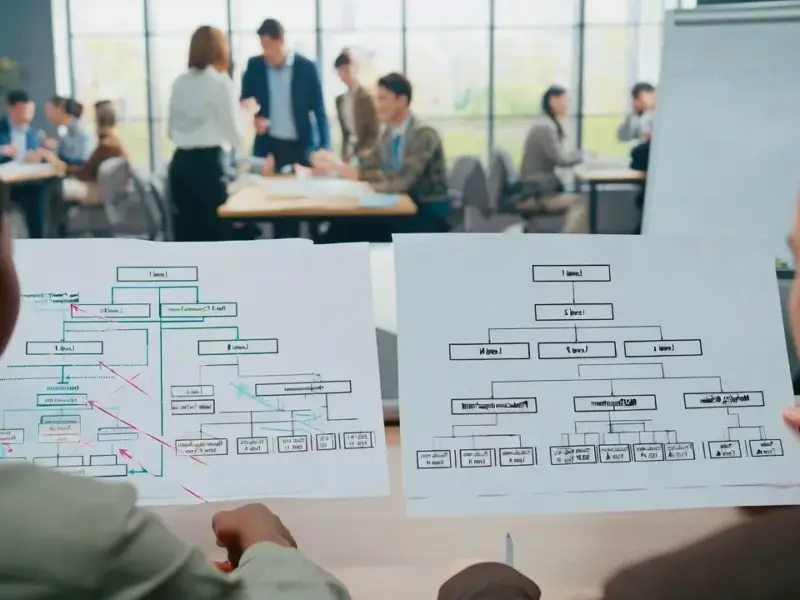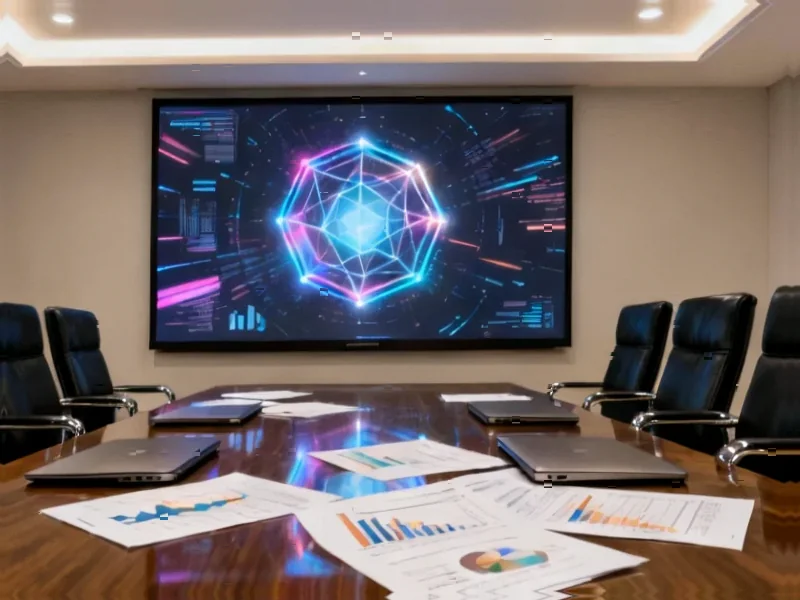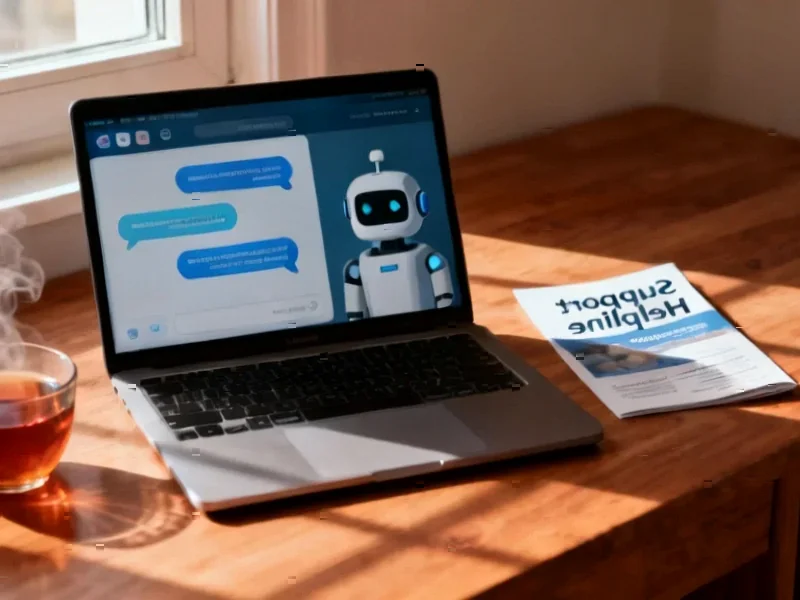According to Fast Company, artificial intelligence dominated boardroom conversations throughout 2025, with CEOs consistently asking their chief human resources officers about AI’s organizational impact. The technology transformed HR into a strategic partner that could match talent acquisition speed with business needs while dramatically improving efficiency. Recruiters demonstrated what was possible when freed from endless interview scheduling emails, engaging more meaningfully with candidates instead. The publication’s discussion with Jill Malandrino at Nasdaq’s Manhattan headquarters emphasized starting with small AI use cases, while McKinsey’s influential research report warned that business leaders risk thinking too small about AI implementation rather than too big.
From Paper Pushers to Power Players
Here’s the thing about what happened in 2025 – HR finally got a seat at the big table. And it wasn’t because they suddenly became more strategic thinkers. It’s because AI gave them the tools to actually deliver on strategic promises. Think about it: when your recruiters are spending half their time scheduling interviews and chasing down hiring managers, how much real strategy can they actually execute?
Now they’re freed up to do the human work that actually matters. Building relationships. Understanding candidate motivations. Creating genuine connections. That’s the art of the possible that Fast Company’s talking about. But honestly, we’re still in the early innings here. Most companies are just scratching the surface with basic automation.
The “Think Small” Trap
That McKinsey report they mentioned? It’s basically the wake-up call every company needs right now. Their research compares AI today to the internet in its early days. Remember when companies first got online and just put up basic brochure websites? That’s where we are with AI in HR – doing the digital equivalent of putting our brochure online.
So what happens when you think too small? You end up with disconnected point solutions that don’t talk to each other. An AI scheduler here, a resume parser there. But the real power comes from integrated systems that transform entire workflows. The companies that figure this out first will have a massive competitive advantage in talent acquisition.
Making AI Work in the Real World
Jill Malandrino’s advice about starting small makes perfect sense though. You can’t just flip a switch and transform your entire HR operation overnight. But here’s the catch: those small use cases need to be part of a bigger vision. Otherwise you’re just creating more silos.
I think the most successful companies will be the ones that treat AI implementation like building blocks. Start with something manageable like interview scheduling or resume screening. Get that working smoothly. Then layer on more sophisticated capabilities like predictive candidate matching or personalized onboarding journeys. The key is having that endgame in mind from day one.
Where This Is All Heading
Looking ahead to 2026, the real transformation will happen when AI stops being a “tool” and starts being the operating system for talent management. We’re talking about systems that can predict which candidates will succeed in specific roles, customize development paths in real-time, and even identify internal mobility opportunities before employees start looking elsewhere.
But here’s my question: are HR departments ready for that level of strategic responsibility? Because once you have these powerful AI systems generating insights, you actually need to act on them. That requires a fundamental shift in how HR operates and how companies view their people strategy. The technology might be ready – but are the organizations?




